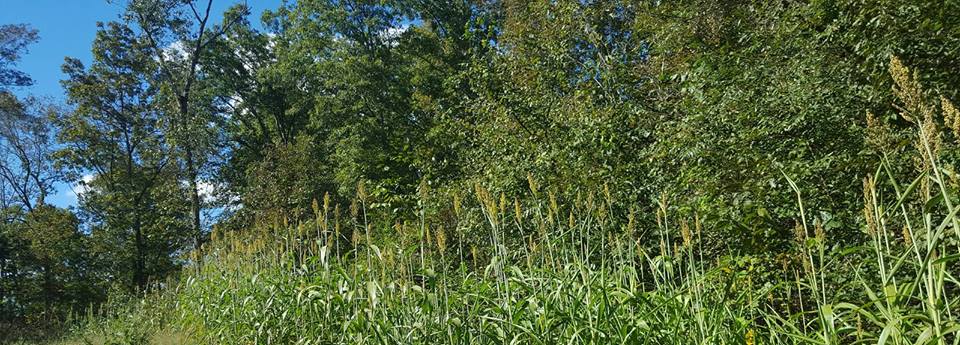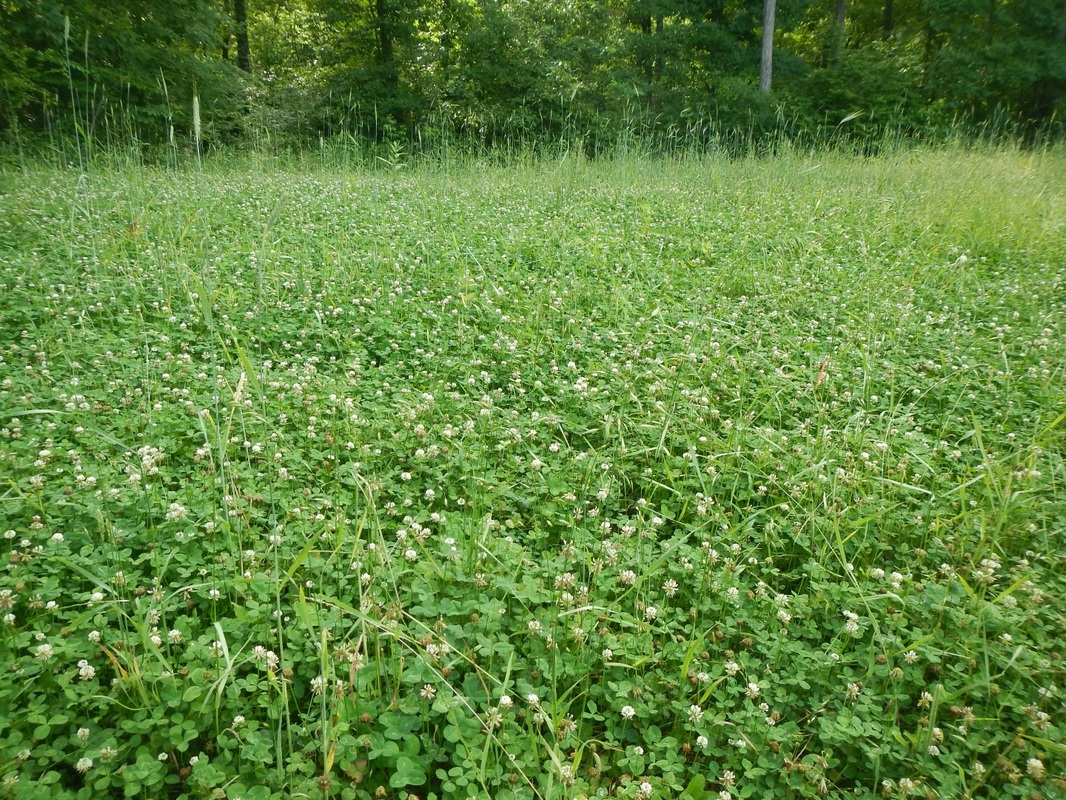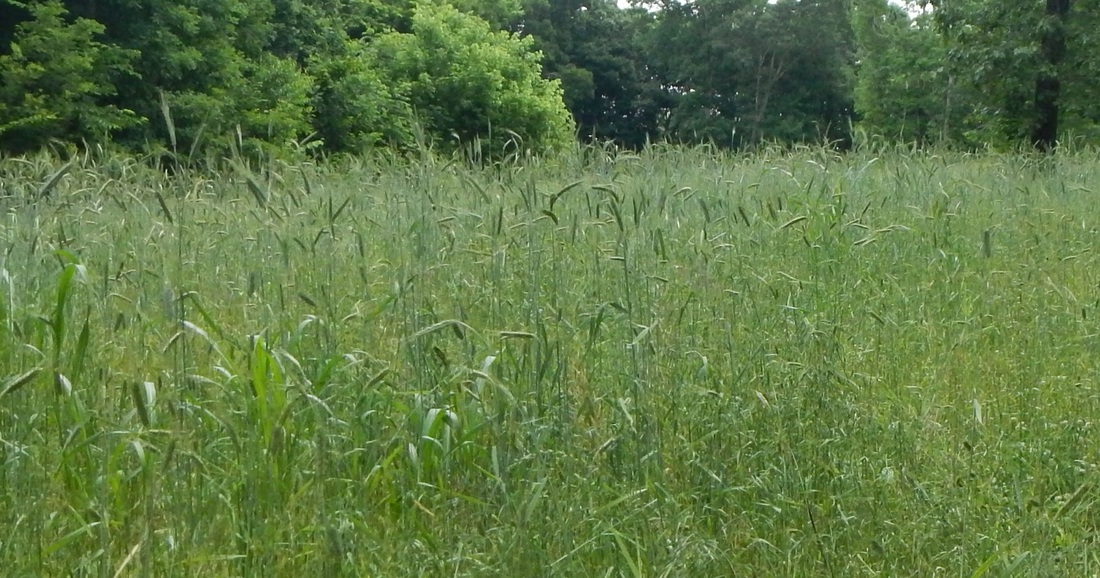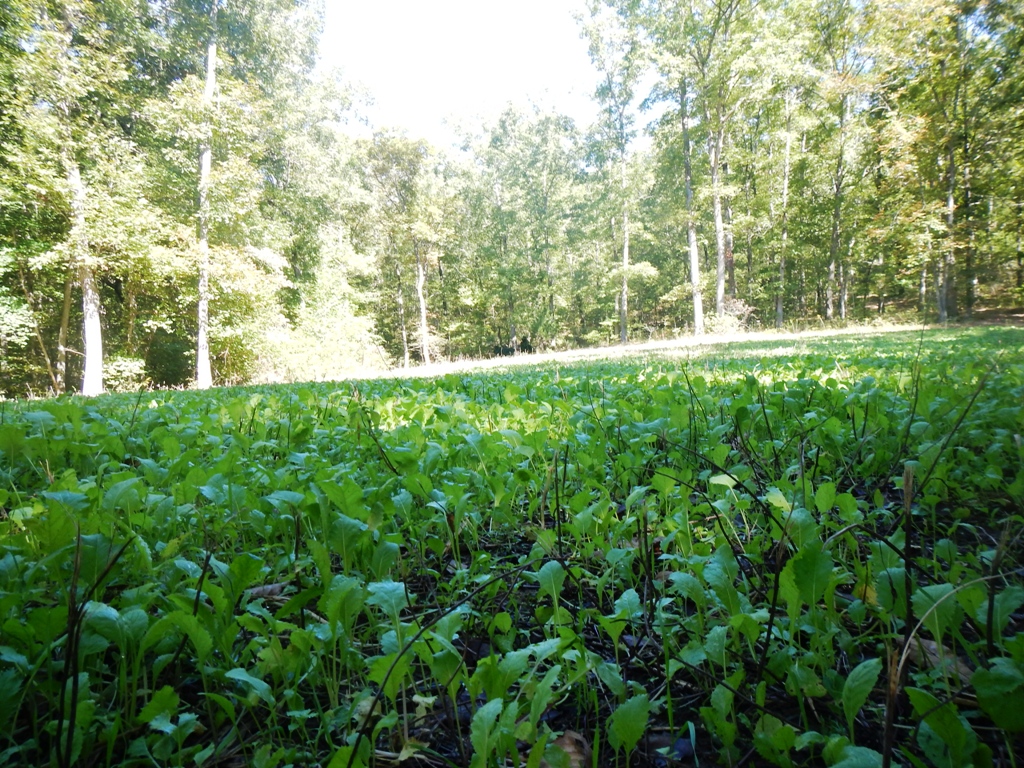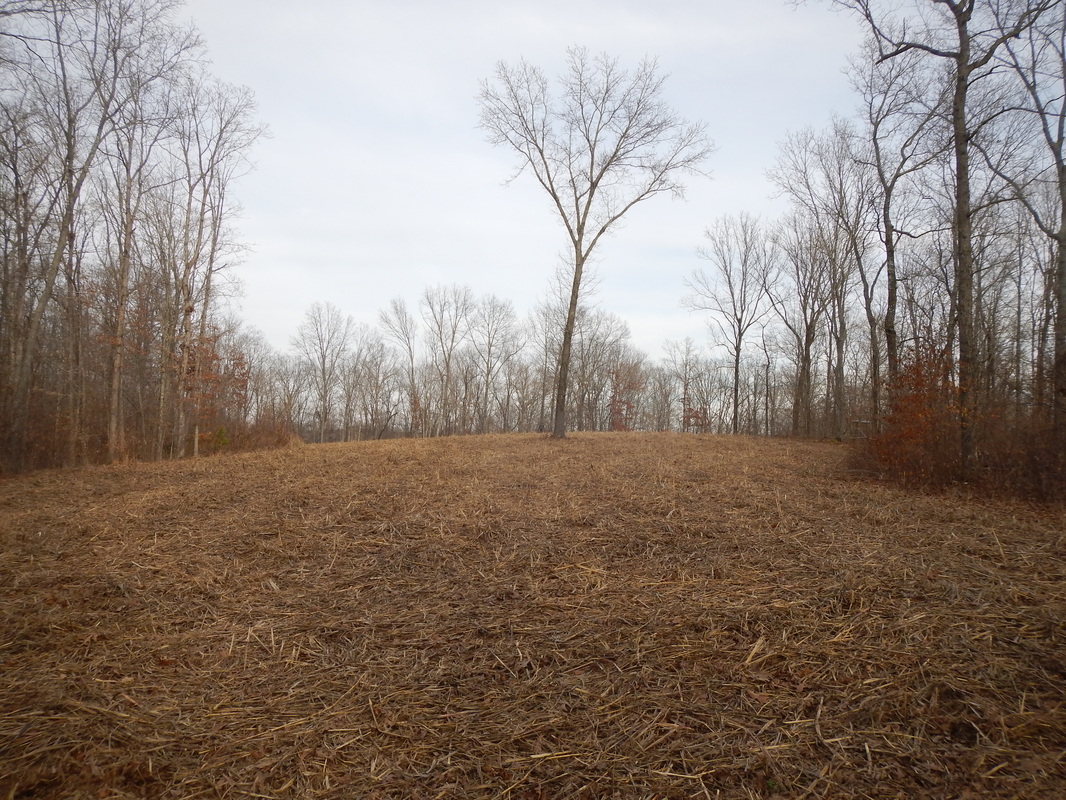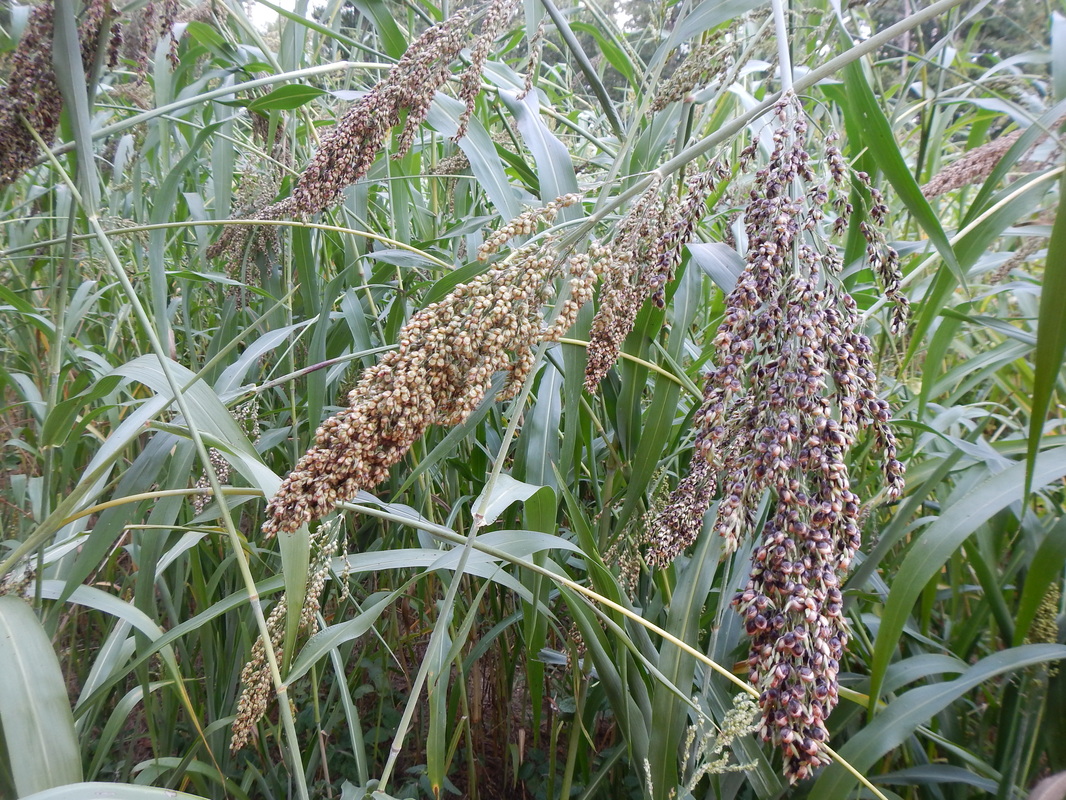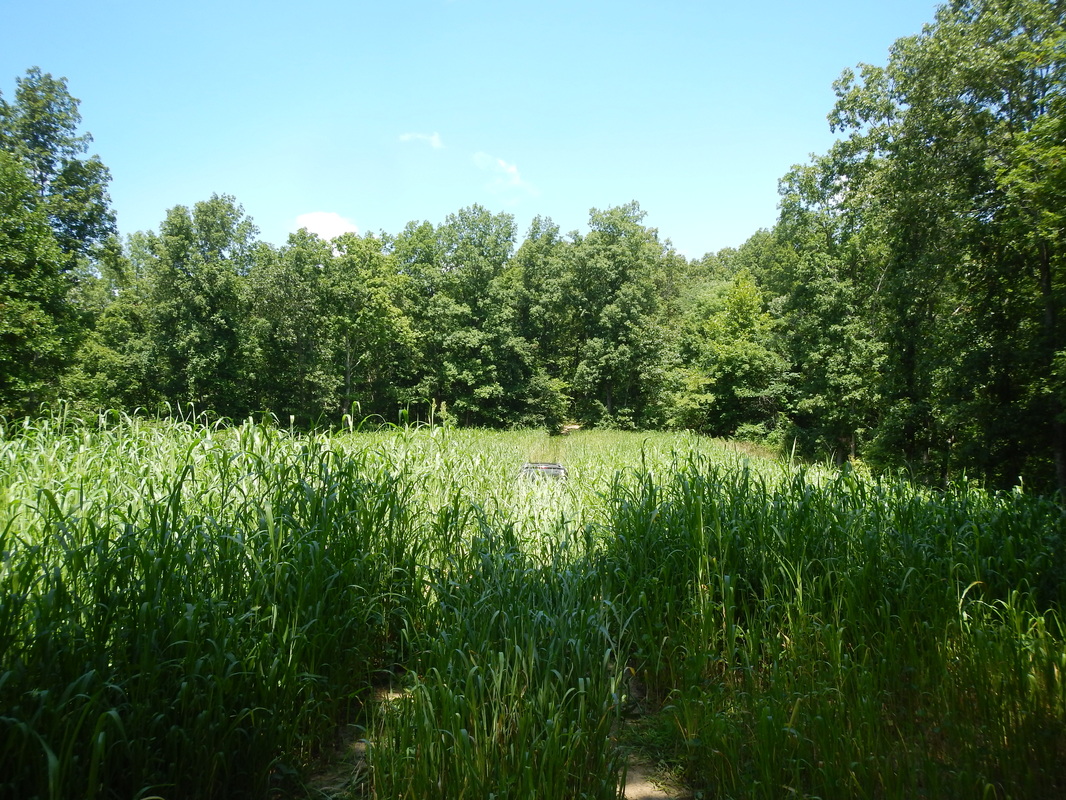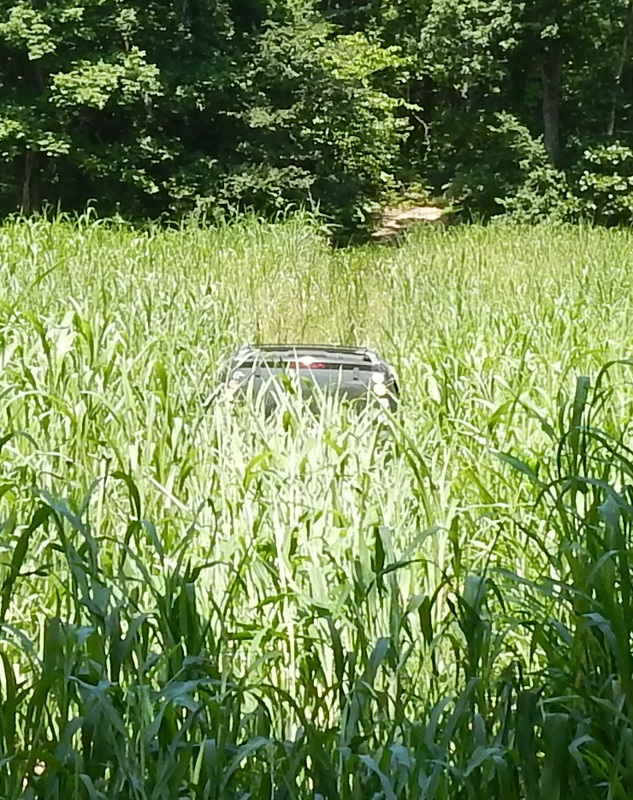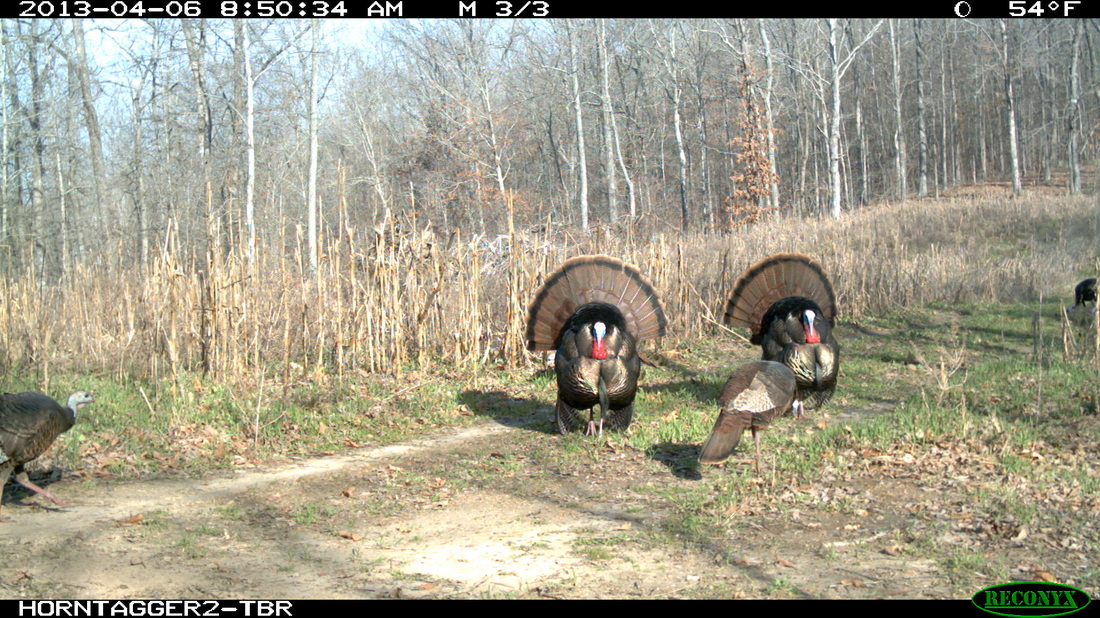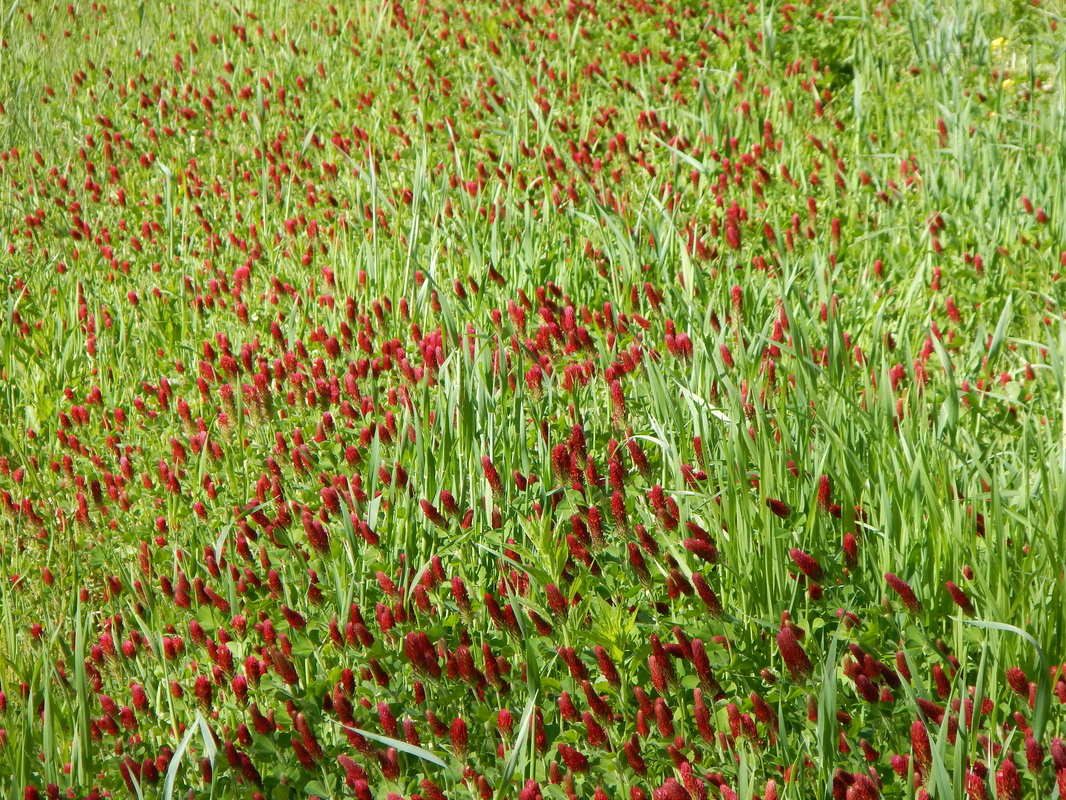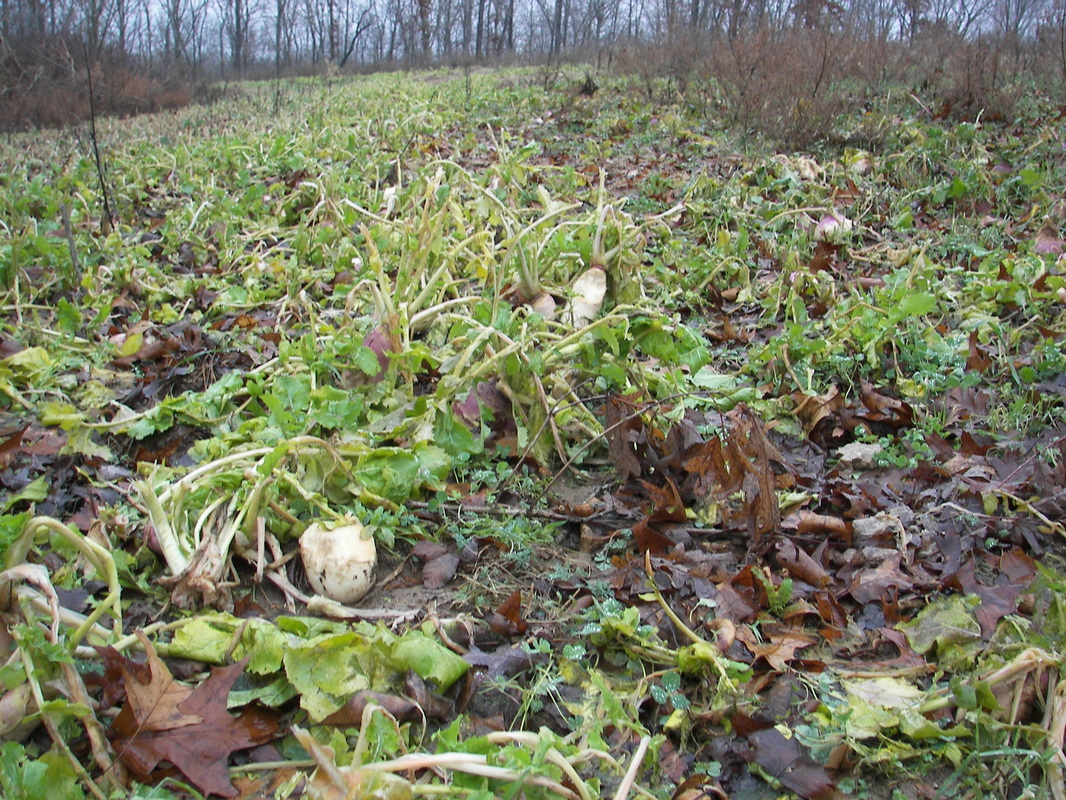horntagger
Member
2008 Doze Ground from Oak/Hickory Forest
This makes the 5th Soil Sample over time.
Main Food Plot
2008 Soil Test Results

2017 Soil Test Results
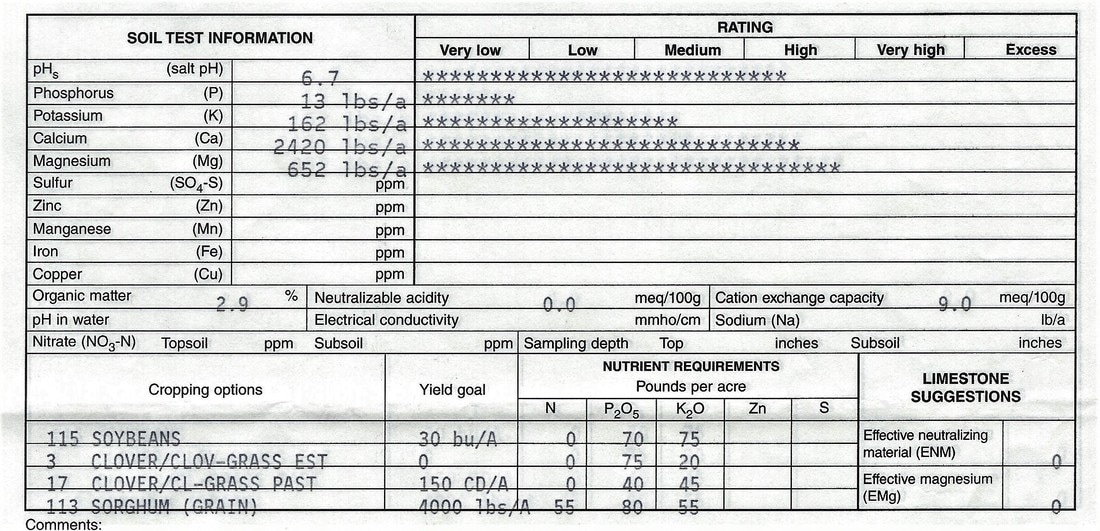
868 lbs Applied of mix with 0-46-0 and 0-0-60
Saddle Food Plot
2008 Soil Test Results
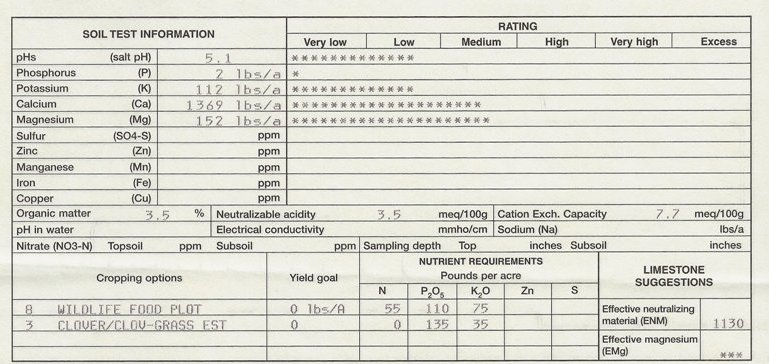
2017 Soil Test Results

576 lbs Applied of mix with 0-46-0 and 0-0-60
Watering Hole Food Plot
2008 Soil Test Results

2017 Soil Test Results

288 lbs Applied of mix with 0-46-0 and 0-0-60
Bottoms Food Plot
2008 Soil Test Results
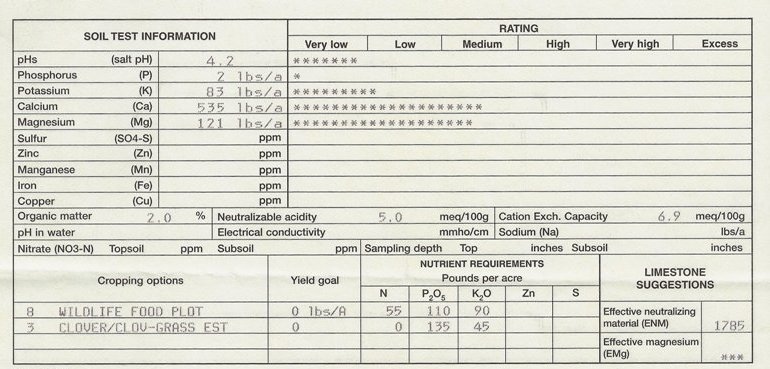
2017 Soil Test Results
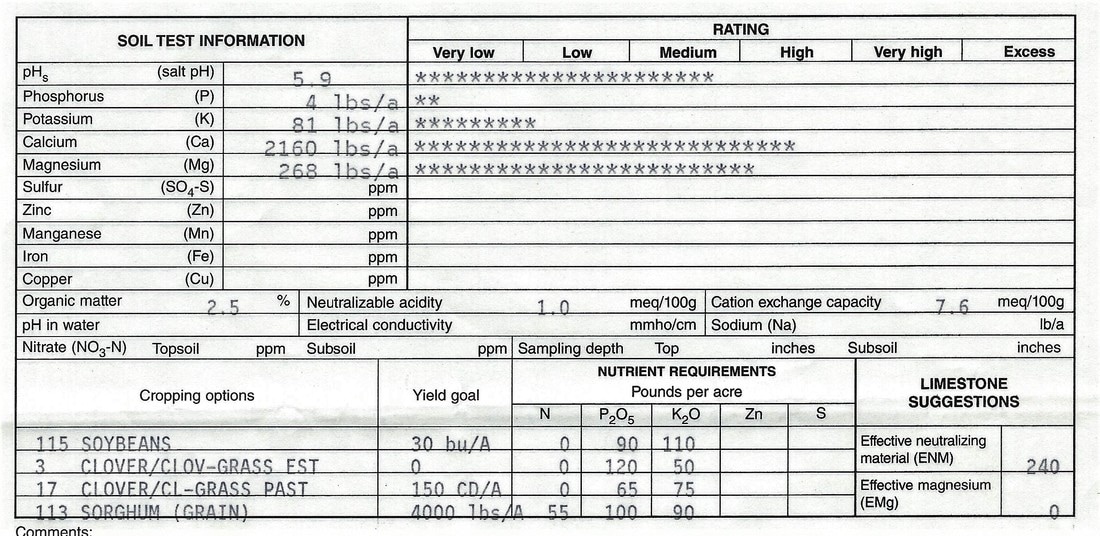
288 lbs Appliedof mix with 0-46-0 and 0-0-60
Me and the 7 buckets brigade empty 2020 lbs of mixed fertilizer from super sacks and spread in 5 hours. Even had a few na sayer at the fertilizer plant didn't figure they could fill the super sacks and get them on my trailer. Ha ha worked like a charm. Try that snowflakes.

1160 lbs of 0-46-0 and 860 lbs of 0-0-60 by doing it this way I saved around estimated 488 dollars
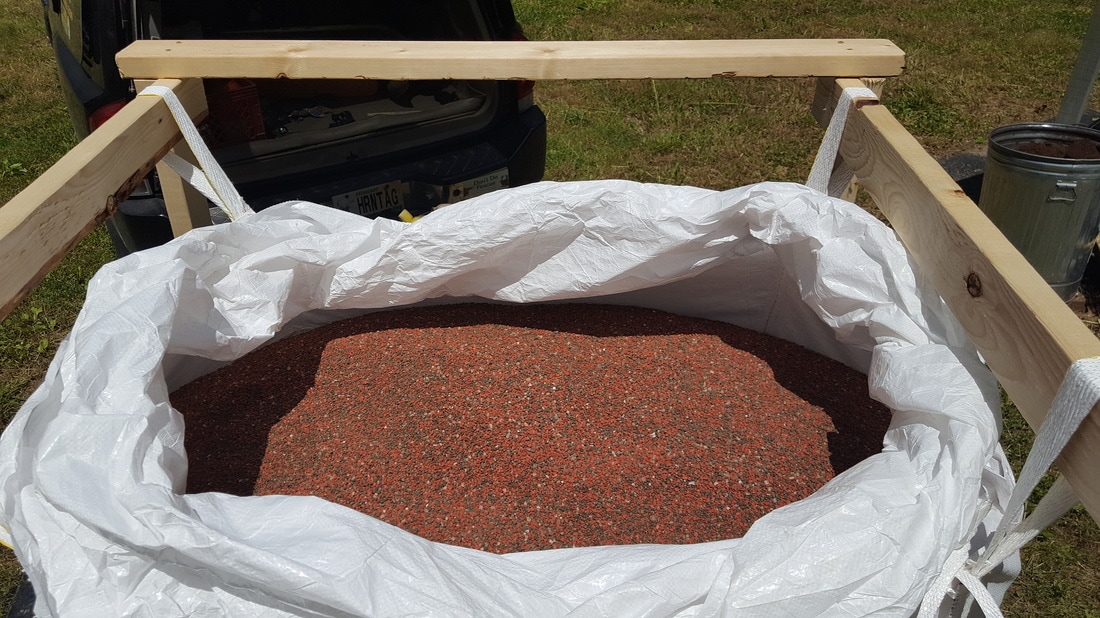

Two different Soil Coverage examples


Reason I apply fertilizer after broadcasting seed I use this method as additional cultipacking of seed with the tires on the ATV
This makes the 5th Soil Sample over time.
Main Food Plot
2008 Soil Test Results

2017 Soil Test Results

868 lbs Applied of mix with 0-46-0 and 0-0-60
Saddle Food Plot
2008 Soil Test Results

2017 Soil Test Results

576 lbs Applied of mix with 0-46-0 and 0-0-60
Watering Hole Food Plot
2008 Soil Test Results

2017 Soil Test Results

288 lbs Applied of mix with 0-46-0 and 0-0-60
Bottoms Food Plot
2008 Soil Test Results

2017 Soil Test Results

288 lbs Appliedof mix with 0-46-0 and 0-0-60
Me and the 7 buckets brigade empty 2020 lbs of mixed fertilizer from super sacks and spread in 5 hours. Even had a few na sayer at the fertilizer plant didn't figure they could fill the super sacks and get them on my trailer. Ha ha worked like a charm. Try that snowflakes.

1160 lbs of 0-46-0 and 860 lbs of 0-0-60 by doing it this way I saved around estimated 488 dollars


Two different Soil Coverage examples


Reason I apply fertilizer after broadcasting seed I use this method as additional cultipacking of seed with the tires on the ATV
Last edited:

